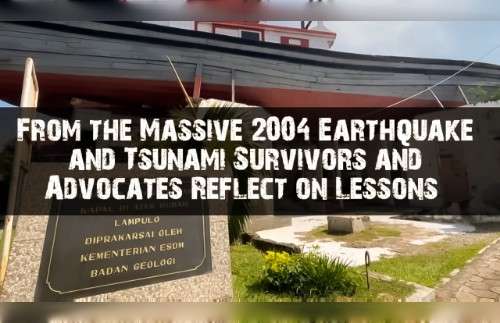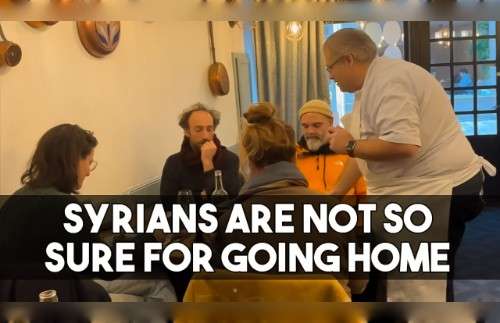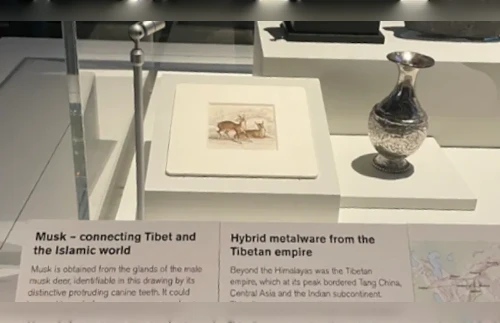By Debdutta Ghosh

It is not uncommon for one to hear about a woman missing from their neighborhood in India.
In fact the problem is so acute in India that the National Crime Records Bureau (NCRB) has come up with its first report and the statistics and state-wise analysis of missing persons in India – with missing women taking up a major portion of it.
However this effort was initiated by the Supreme Court of India in 2019 when it directed the NCRB to analyze the data on missing persons particularly that of women and children, so that it could be possible to identify the areas and regions in the country that are more prone to people being trafficked.
That resulted in the report from the NCBR recently – as a separate part of its annual Crime in India Report for the years 2016, 2017 and 2018.
According to the United Nations Office on Drugs and Crime’s (UNODC) Global report 2018 on human trafficking, the majority of the detected victims of human trafficking for sexual exploitation were women. The report also stated that 35% of the trafficked persons were sent to forced labour – including a large number of women
According to that report, the growth in the number of missing women between 2016 and 2017 was at 8.3% which increased significantly to 18.3% between 2017 and 2018.
The table below shows the growth in the number of reported cases of missing women in India.
| Year | 2016 | 2017 | 2018 |
| No. of missing women | 1,74,021 | 1,88,382 | 2,23,621 |
| Growth rate | 8.3% | 18.7% |
(Source: NCRB Data)
The three states that were identified to be the most prone to women going missing – or indeed trafficked, were Maharashtra, West Bengal and Madhya Pradesh.
The NRCRB noted in the report that while there are intrinsic risks associated with any missing incident, women are generally more vulnerable to harm while they are missing. It further noted that the reasons for going missing could be many and varied including reasons such as mental illness, miscommunication, misadventure, domestic violence, human trafficking and being a victim of crime.
According to the United Nations Office on Drugs and Crime’s (UNODC) Global report 2018 on human trafficking, the majority of the detected victims of human trafficking for sexual exploitation were women. The report also stated that 35% of the trafficked persons were sent to forced labour – including a large number of women.
While the data issued by the NCRB meets the requirements and directions of the Supreme Court of India, the seriousness of the problem cannot be fully comprehended without some trends and granular analysis. For example, an analysis of the socioeconomic stature or age group of the missing women would have helped to get an indication of the underlying causes of the women going missing – such as poverty, say critics.
The report also identifies Mumbai, Pune, Kolkata, Indore, Patna and Delhi to be the top ranked cities in terms of cases being reported of women missing. Critics and social activists also point out that apart from human trafficking, there can be other reasons for women being reported missing such as abuse and maltreatment at home. Further, they also claim that low education levels, and the lack of employment prospects makes women – especially the minors and young ones, more vulnerable to trafficking and violence.
One of the possible solutions that the NCRB has come up with in identifying missing women – as well as other missing persons, is the setting up of a portal to allow citizens to search for missing persons. This portal will make use for centrally located data of the NDRB for the first time.
The website to access the service is: digitalpolicecitizenservices.gov.in
From the Massive 2004 Earthquake and Tsunami,Survivors and Advocates Reflect on Lessons
Ukraine Reveals Handwritten Letter of a Fallen North Korean Soldier in Kursk
Syrians Are Not So Sure for Going Home
Golan Heights Druze Welcome New Syrian Rulers
Tibetans Demand Apology from the British Museum for Use of ‘Xizang’
Escaping from Scam Center on Cambodia’s Bokor Mountain
UN Security Council Meets to Discuss Children and Armed Conflict
10 Shocking Revelations from Bangladesh Commission’s Report About Ex-PM Hasina-Linked Forced Disappearances
Subscribe Our You Tube Channel
Fighting Fake News
Fighting Lies














